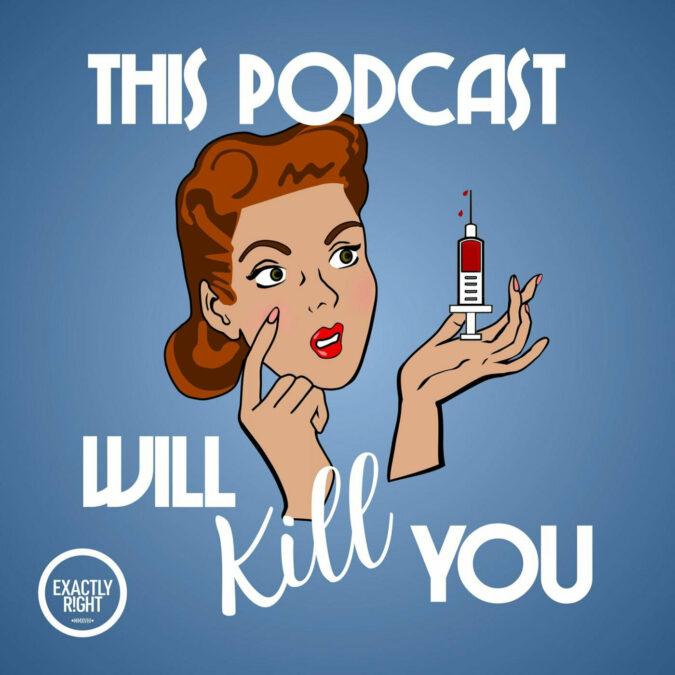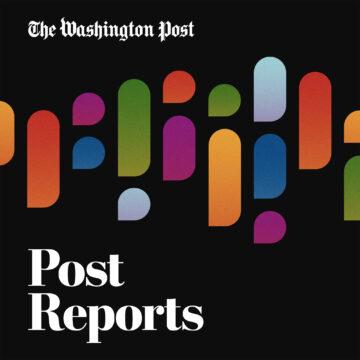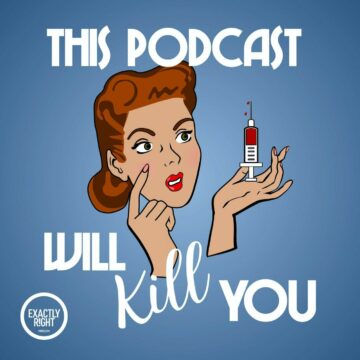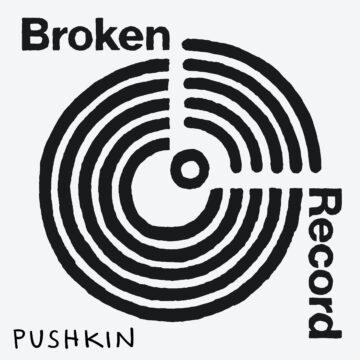No story of antibiotics would be complete without the rise of resistance. As promised in our last episode, this week we dive into what the WHO calls ‘one of the biggest threats to global health, food security, and development today’ – antibiotic resistance. In the decades since their development, misuse and overuse of antibiotics has led to many becoming all but useless, and our world seems on the verge of plunging into a post-antibiotic era. How does resistance work? Where did it come from? Why did it spread so far so rapidly? Is there any hope? In this episode, we answer all these questions and more. First, we explore the many ways bacteria evade the weaponry of antibiotic compounds. Then we trace the global spread of these resistant bugs by examining the major contributors to their misuse and overuse. And finally we assess the current global status of antibiotic resistant infections (spoiler: it’s very bad) and search for any good news (spoiler: there’s a lot!). To chat about one super cool and innovative alternative to antibiotics, we are joined by the amazing Dr. Steffanie Strathdee (Twitter: @chngin_the_wrld), Associate Dean of Global Health Sciences, Harold Simon Professor at the University of California San Diego School of Medicine and Co-Director at the Center for Innovative Phage Applications and Therapeutics. Dr. Strathdee provides a firsthand account of helping her husband, Dr. Tom Patterson, fight off a deadly superbug infection by calling on a long-forgotten method of treating bacterial infections: phage therapy.
To read more about phage therapy and Dr. Strathdee’s incredible experiences, check out The Perfect Predator: A Scientist’s Race to Save Her Husband from a Deadly Superbug: A Memoir.
See Privacy Policy at https://art19.com/privacy and California Privacy Notice at https://art19.com/privacy#do-not-sell-my-info.









